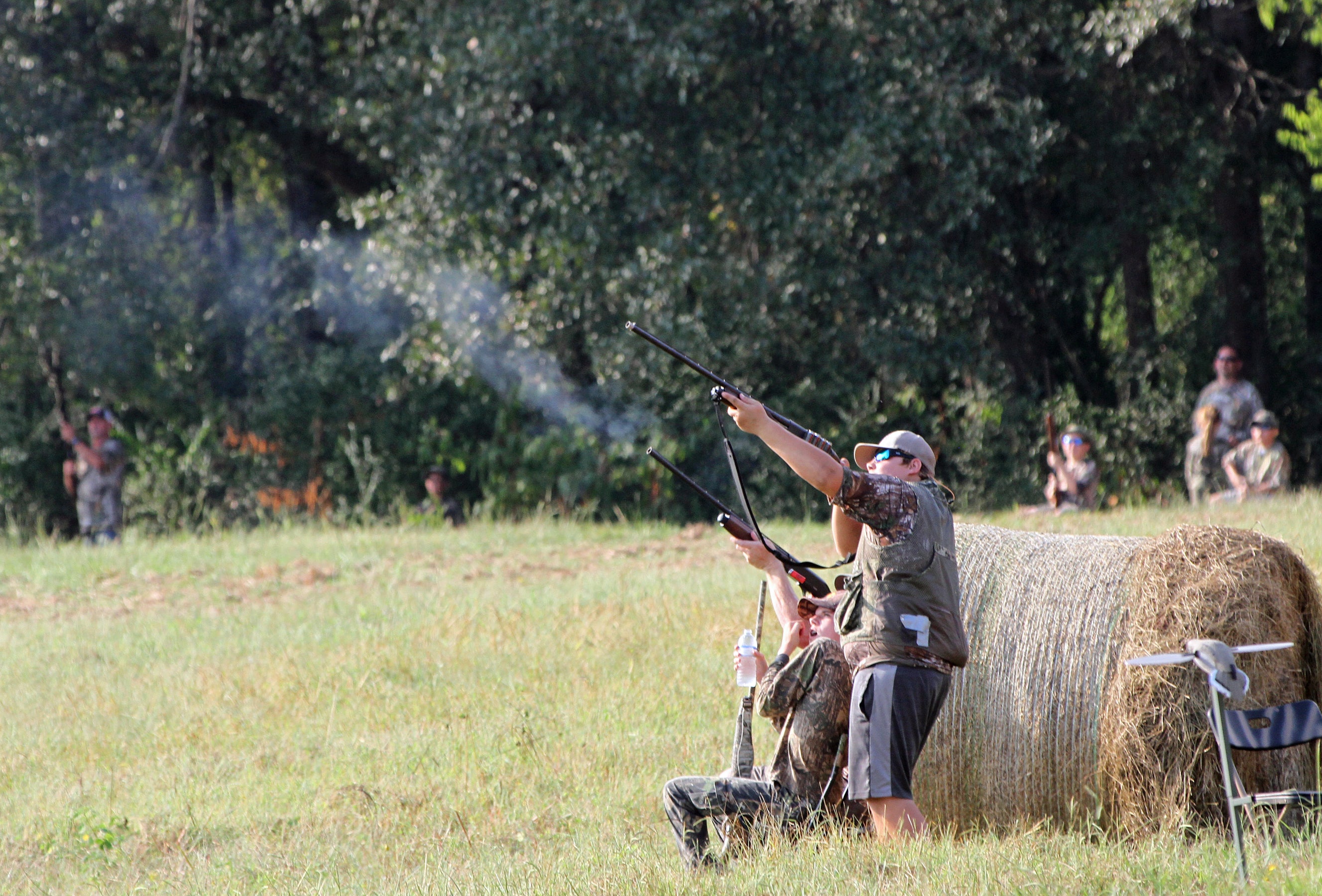By DAVID RAINER, Alabama Department of Conservation and Natural Resources.
A place to enjoy a quality dove hunt is a valuable commodity in Alabama. Finding a place to hunt doves is becoming increasingly more difficult, but the Alabama Wildlife and Freshwater Fisheries (WFF) Division is working to increase access, especially near population centers.
WFF looked at the opportunities it provides for dove hunting on public land around the state and the demands hunters put on those areas. The staff decided to try to expand those areas, especially near metropolitan areas.
“We determined that we don’t have enough opportunity for hunting doves on opening day, not enough opportunity spread around the state,” said Seth Maddox, WFF’s Migratory Gamebird Coordinator. “There is a study done by the Georgia DNR (Department of Natural Resources) that looked at this. It found that most hunters are willing to drive within an hour from their house to participate in a good quality dove hunt.”
Maddox took maps of the 10 largest metro areas around the state and overlaid a 60-mile radius ring to find areas that would provide opportunities for hunting doves.
“We started looking for properties that would provide those opportunities,” he said. “We started with small, stand-alone properties, not necessarily associated with a WMA (wildlife management area).”
WFF found the first of what they hope to be several areas that fit that bill. The first purchase was the 165-acre Prairie Glades Special Opportunity Area (SOA) in 2021.
“The Prairie Glades SOA is in the Black Belt Region with that fertile clay component in the soil,” Maddox said. “It should be really good. There is lots of food out there for the birds. Closer to the season, we’ll do some bushhogging and disking. It’s a good place to have some dove hunters. It’s easy to get to from Montgomery and even Birmingham. I think we’ll have some keen interest this fall.”
Registration for the limited quota dove hunts at Prairie Glades and Portland Landing SOAs will open on September 1. Visit www.outdooralabama.com/hunting/special-opportunity-areas to find the link to register for the dove hunts, four at Prairie Glades and one at Portland Landing, and other hunting opportunities.
Maddox said WFF will also be looking for suitable property in southwest Alabama to expand the public’s access to dove hunting.
“We’re trying to find something in District 5 that is within an hour’s drive of Mobile,” he said. “That’s the area where we’re lacking most in public opportunity.”
Maddox said dove hunting is still a huge tradition in Alabama even though the number of dove hunters has been slowly declining since the ’70s.
“We still have between 40,000 and 50,000 hunters participate in dove season in Alabama,” he said. “We’re one of the top 10 states in harvest each year. People get out and take advantage of this season, one of our first seasons to open. Being in the South, we don’t have a lot of hunting early in the year like they do in northern states. Dove season is not as big a tradition in the northern states because they have other seasons opening up about the same time.
“Our seasons for deer and waterfowl open later in the year, so our hunters are chomping at the bit to do something out in the field, and dove hunting is the perfect opportunity for that.”
WFF conducted a hunter participation survey in 2018 and found that a majority of dove hunters in both zones wanted to open the seasons as early as possible.








